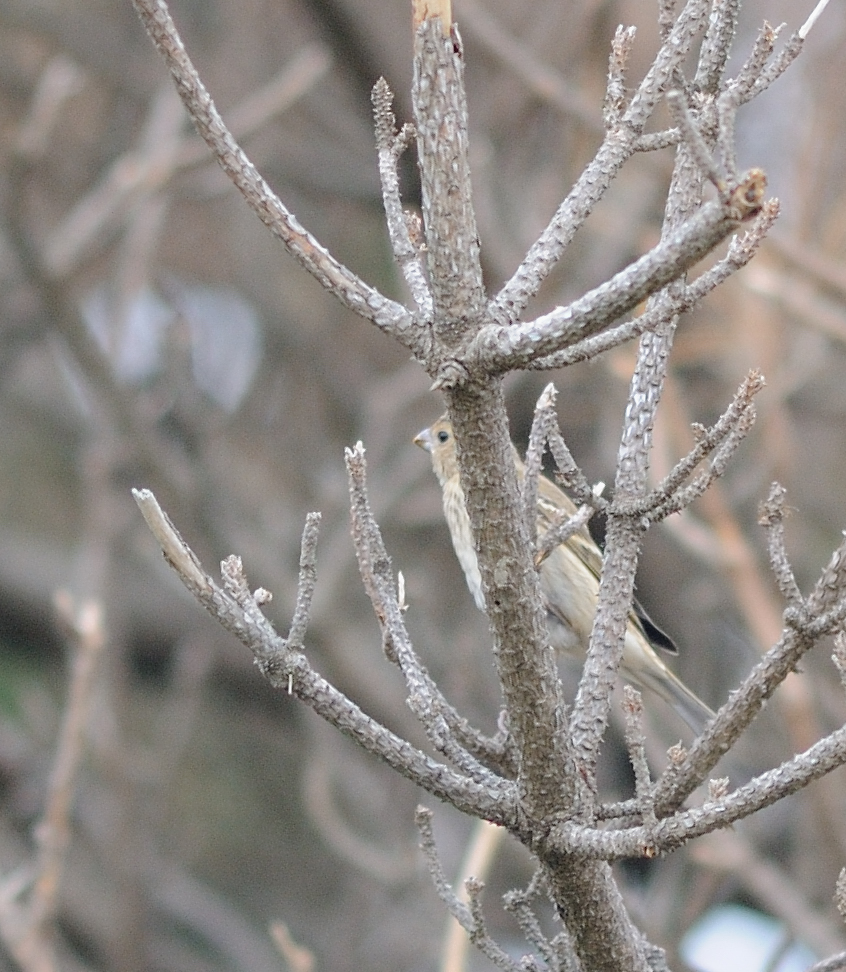| 2009년 1월 실시된 저어새 조사 결과 총 2,041개체가 확인되었습니다. 이는 작년도의 2,065개체에 비해 약 20여개체가 오히려 감소한 결과이며, 중국과 홍콩에서 100여개체 이상 감소했기 때문입니다. 저어새 총 개체수가 감소한 것은 10년만에 발생한 일이지만, 지금까지 10% 이상 증가추세를 보이던 저어새의 감소 이유에 대해서는 정확하게 알지 못합니다. 아마 번식지인 우리나라의 무인도서에서의 환경 수용 능력이 일정한 한계 수준에 달했을 수도 있습니다. 하지만 최근 계속해서 번식지가 확장되는 과정에 있으므로, 중국이나 다른 알려지지 않은 월동지로 이동했을 가능성도 있습니다. 한국에서는 제주도에서 결과인 25개체가 등록되었습니다. 아래는 원문입니다. ======================================================================================= Dear all, I would like to report to you about the result of the 2009 International Black-faced Spoonbill Census as below: South Korea; 25 Japan: 215 Mainland China and Hainan: 247 Taiwan: 1104 Deep Bay (HK and Shenzhen): 335 Macao: 52 Vietnam: 63 Total: 2041? All the above figures were collected in the period of 9-11 Jan 2009. In addition, there were three birds from Thailand and one from the Philippines outside the census period. The previous year's census (i.e. 2008) yielded a total of 2065 birds and so there is a small decrease of 1% to the known world population in this year, the first decrease since 1998-99. This result also stops the trend with an increasing rate of about 10% of the world known population. Taiwan still hold the largest wintering flock and in fact there has an increase of 7% from the previous year (2008: 1030 birds). The biggest decrease is coming from Mainland China and Hainan from 313 birds to 247 birds, i.e. 20% decrease and the Deep Bay area also has a decrease of 9%. I am not sure the reason of the decrease of the total world known population figure. We have quite high coverage in most of the wintering areas, except that no survey could take place in Jiangsu and Zhejiang (east China) and Guangxi (south China) in this year but there has not been reported with big numbers in the past. Dr. Lee Ki-Sup also thinks that the breeding was quite successful in South Korea in the summer 2008.? I am grateful to your participation to this census. Thank you very much Yat-tung YU Hong Kong Bird Watching Society |




